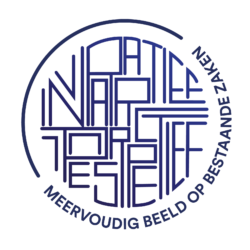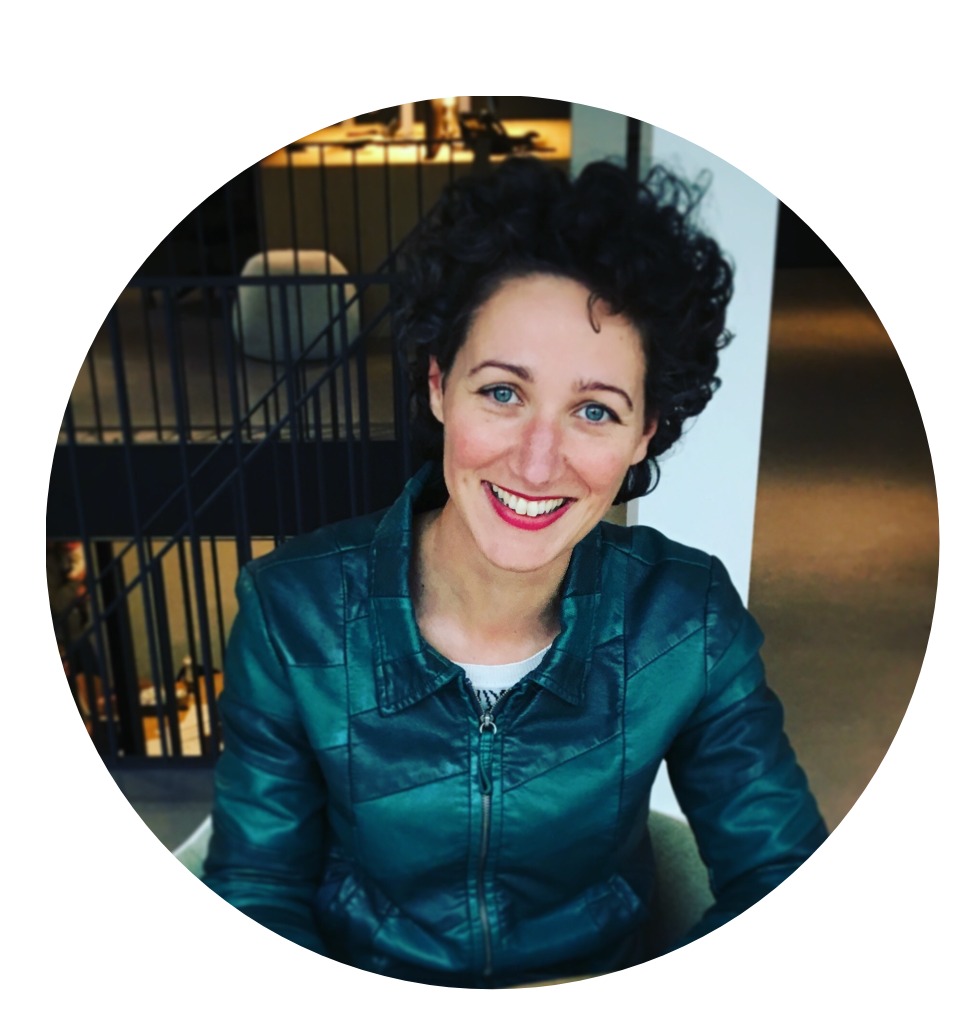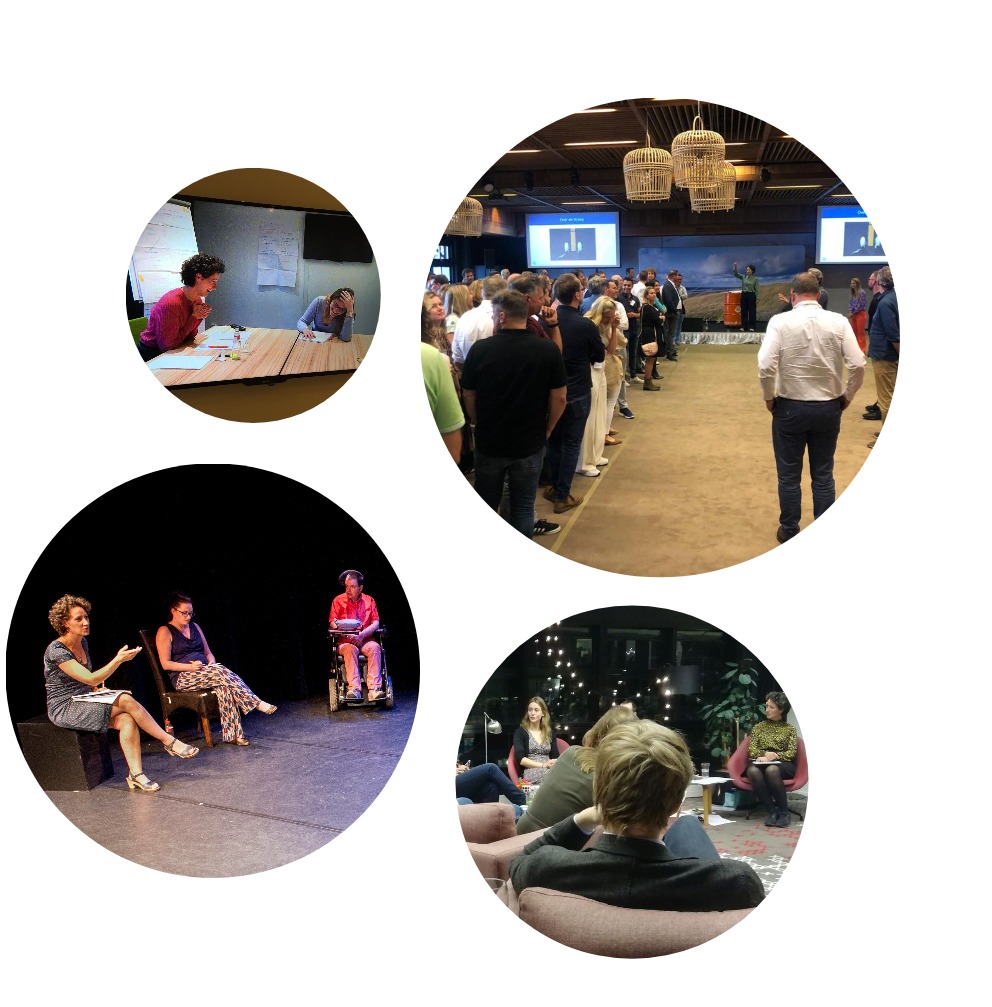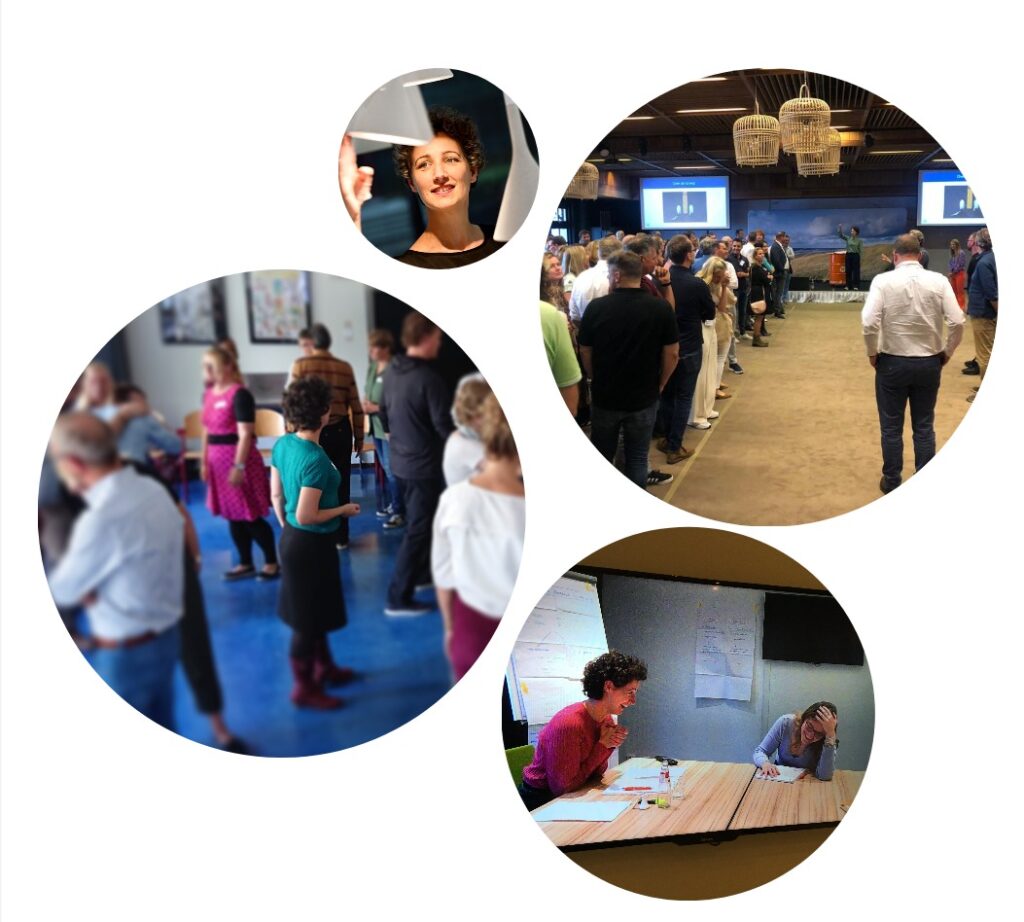Collaboration is often a challenging proces. Especially in a complex world where truth seems to have many versions. Sensibility for and ability to invite different perspectives into the room is important and challenging at the same time.
Learning about and dealing with each other’s versions of truth, navigating personal and collective narratives, is an important skill which helps build and sustain resilient and effective (work) relations. The School of Narrative Leadership helps boards, leadership, teams and individual employers to work towards a social safe work environment and more resilient collaborations.
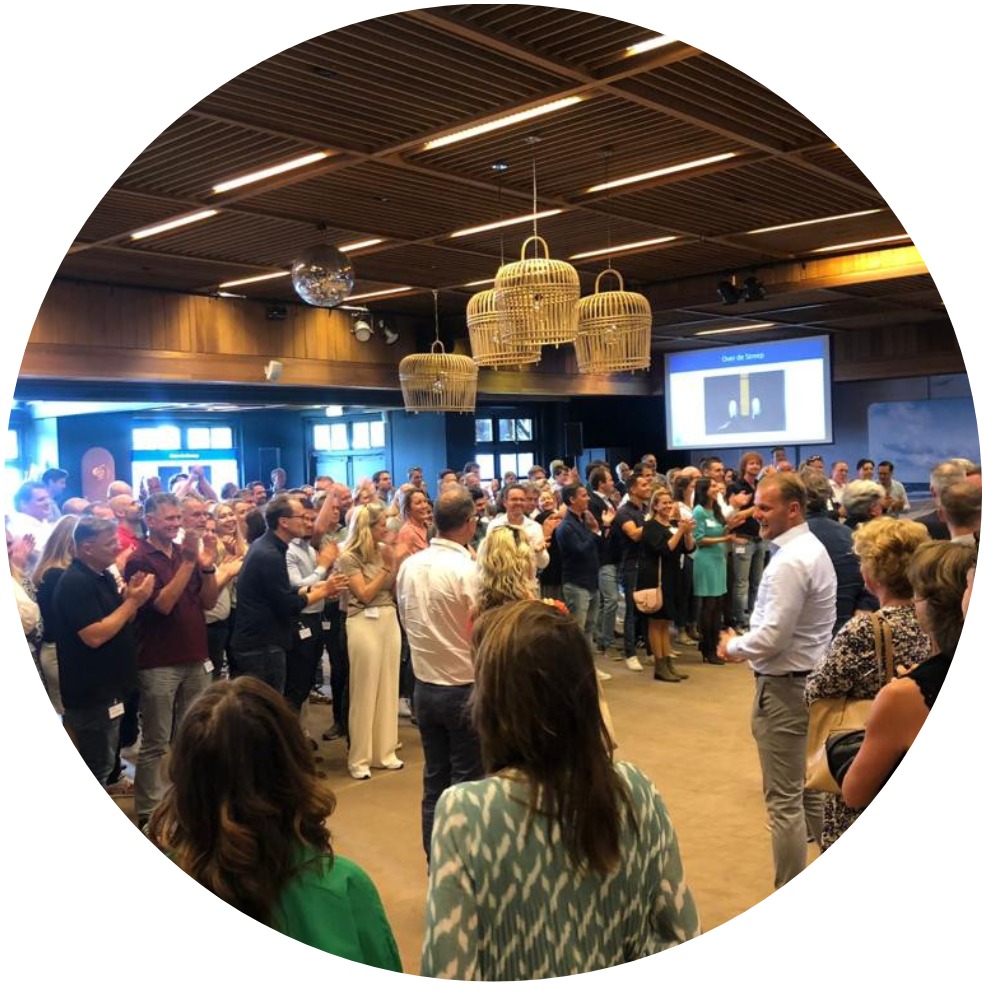
Psychological Safety
When it comes to encouraging an open and safe working environment, the school is aliens with Amy Edmondsen’s research on Psychological Safety. To achieve a working environment in which learning, innovation and growth are key, a psychologically safe working environment provides the breeding ground. It’s about an environment where you feel like you can be yourself, where you can speak up about ideas, questions, concerns, or mistakes without negative consequences, and where people make space for others to speak up.
Edmondson’s approach to safety is not an individualistic ideology, but a collective approach – working towards psychological safety takes place in a team.
Working towards a psychologically safe working environment requires attention and work in four areas[1]:
1. Diversity and inclusion where team members feel like they belong to the group. Everyone matters, and participates. People who feel they are part of a group are more likely to speak up and contribute to the quality of the work.
2. The attitude towards risk and failure. Making a certain amount of mistakes is part of the job, it creates an effective learning environment and is a prerequisite for innovation. How do you deal with that as an individual and as a team?
A recovery-oriented approach fits into this framework, which is not about assigning blame but about recovering from the consequences of those mistakes and failures, restoring relationships and trust.
3. The willingness to help each other. Reciprocity as a prerequisite.
4. The extent to which open conversations are possible. It is about whether space and time are created in which contradictions, conflicting opinions and sensitivities can be explored with each other in a constructive way.
Working towards a culture of candor, a culture in which signals of safety and insecurity can be discussed, requires committed and clear leadership. They steer the culture of constructive collaboration. In which it is valued and expected that a dialogue can be conducted with attention and appreciation for other views and in which team members are willing to consider the perspective of the other.

